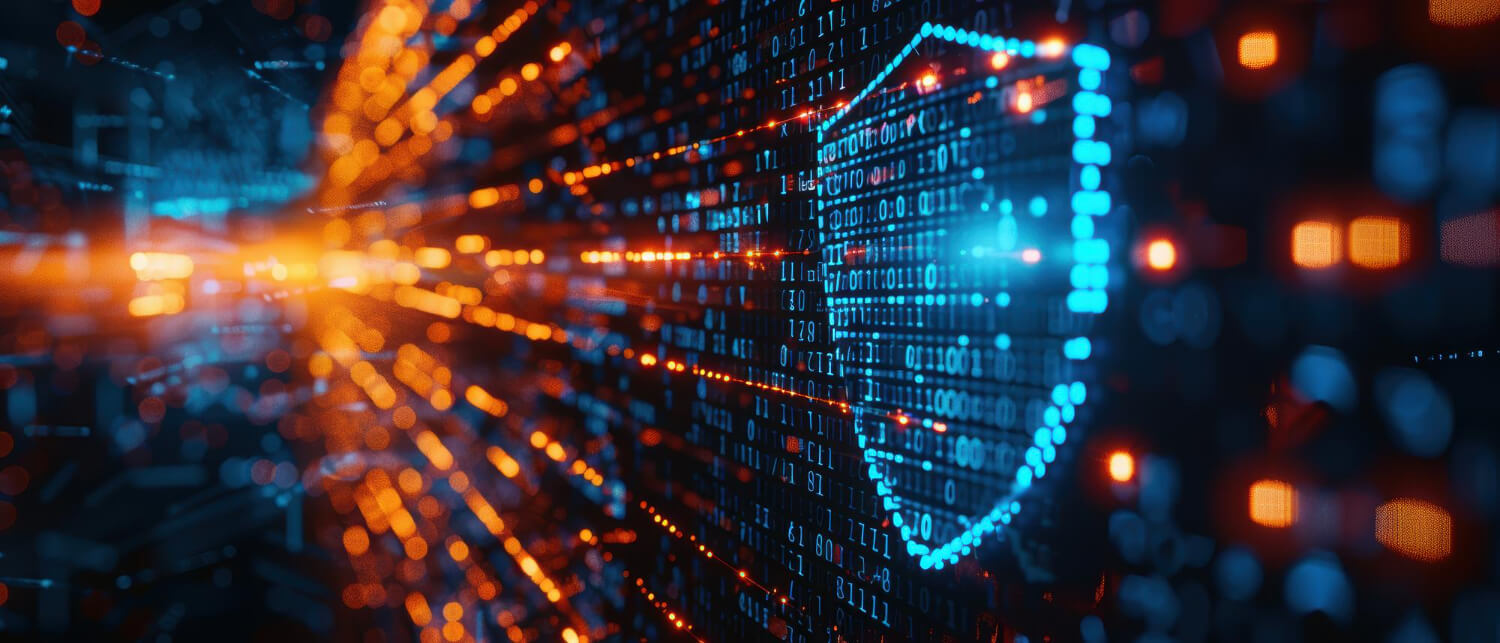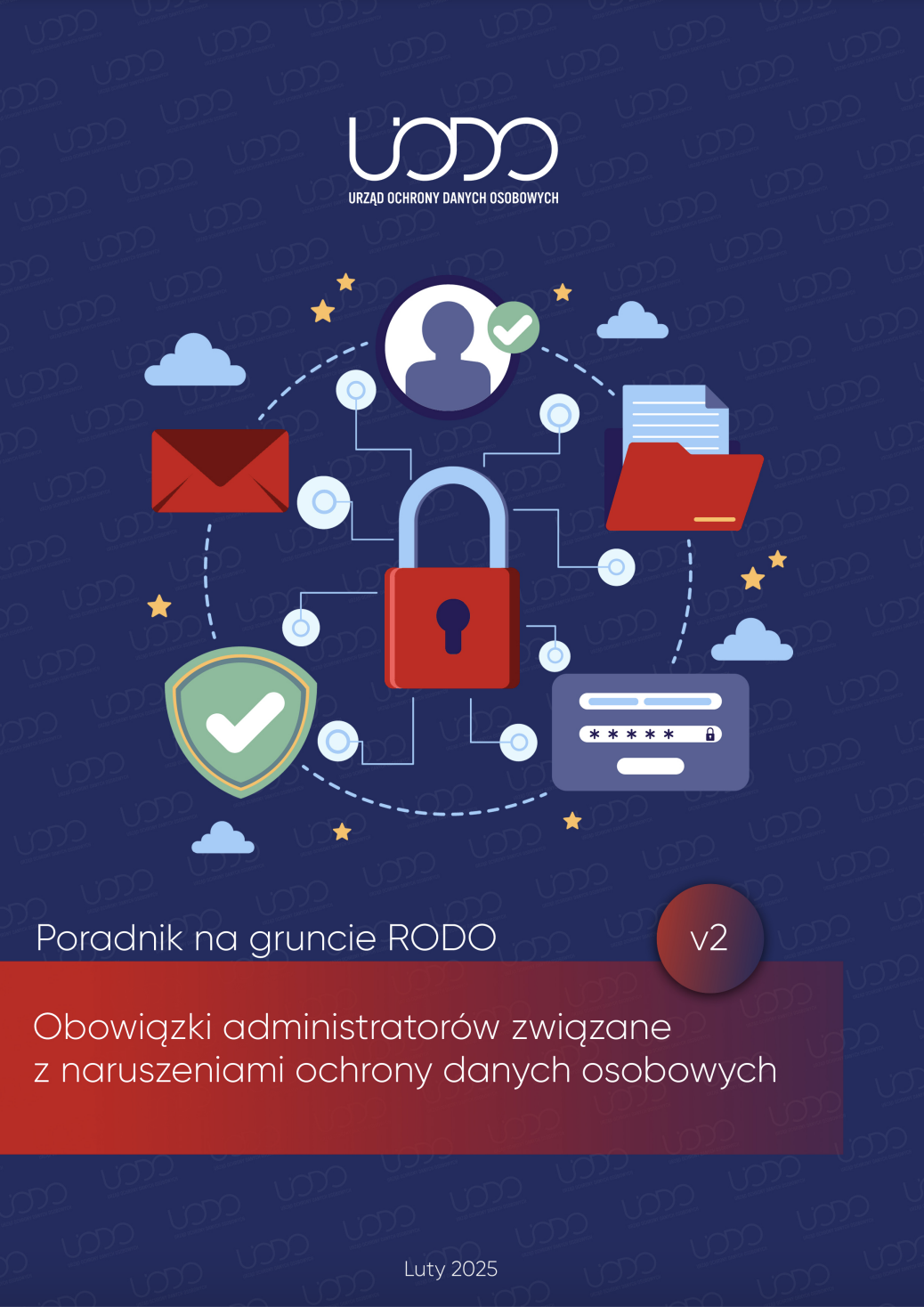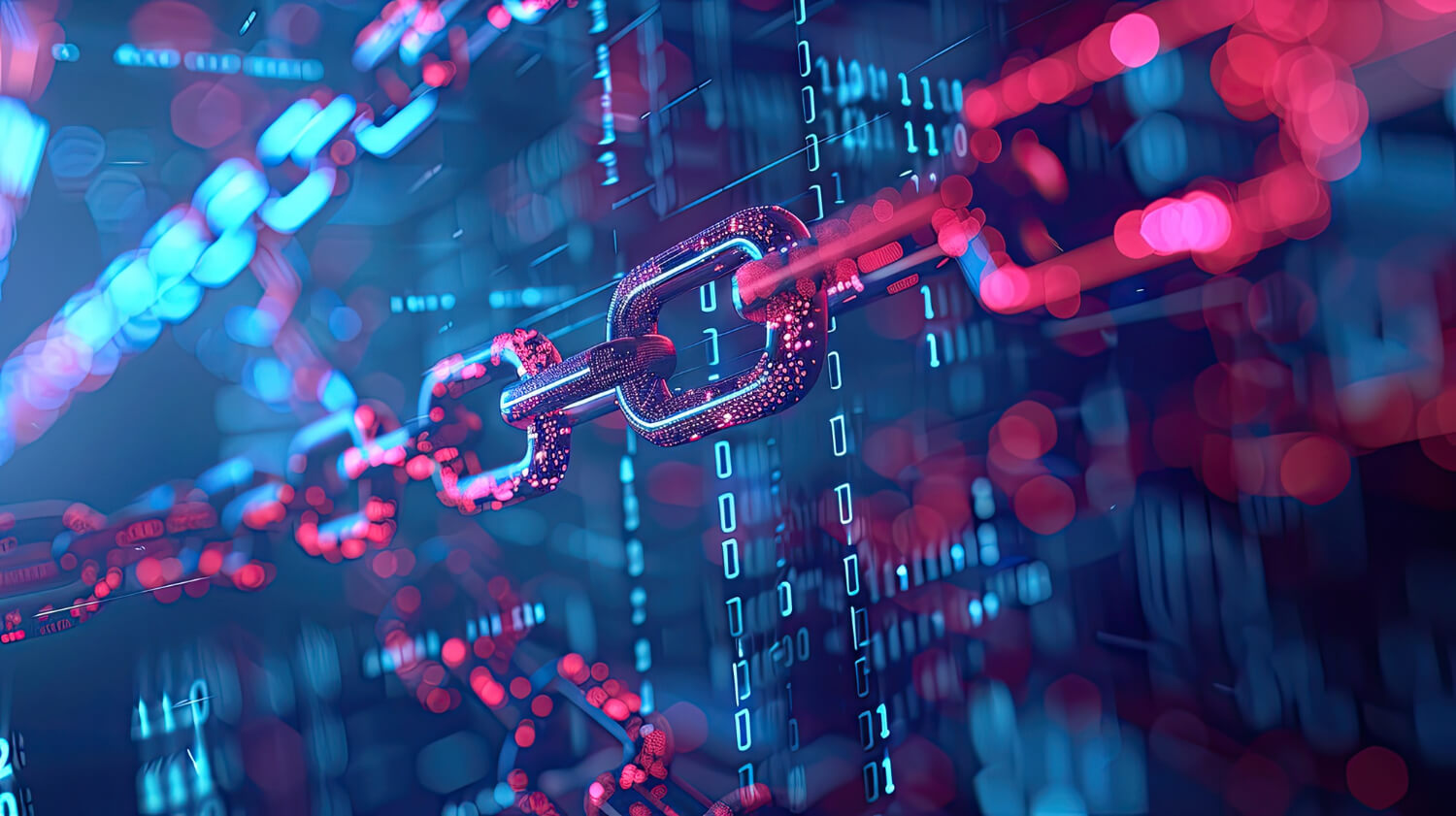Artificial intelligence (AI) is changing the way music is created. Tools such as Suno AI and Sora AI allow artists and producers to generate melodies and lyrics and experiment with new sounds. However, the development of this technology raises questions about copyright, intellectual property and ethical aspects of using AI in music.
Are AI-generated songs protected by copyright? Who is the author? What are the consequences of using artificial intelligence in the creative process? In this article, we will look at these issues based on the analysis presented by Anna Adamiak, trainee solicitor and Junior Associate at LBK&P, in ‘Przegląd Radcowski’ and the applicable legal regulations.
Is AI-generated music protected by copyright?
According to Polish copyright law, for a piece of work to be protected, it must be the result of human creative activity with an individual character (Article 1 of the Act on Copyright and Related Rights). This means that works created exclusively by Suno AI, Sora AI or other generative models cannot be protected by copyright.
Since a machine does not have the ability to express personality or make conscious creative choices, works created without significant human input are considered to be part of the public domain.
Who is the creator of AI-generated works?
The question of authorship of AI-generated works is one of the most important legal challenges. There are three main positions:
- User of the AI tool – a person using Suno AI or Sora AI can be considered a co-creator if their contribution to the creative process was significant. However, setting a few parameters or entering a short description does not meet the requirements of copyright law conferring the status of a creator.
- Creator of the algorithm – companies developing AI often claim the results of their models. It is also questionable that AI works autonomously and there is no individual human contribution to a specific work.
- Lack of an author – In many jurisdictions (e.g. the USA, the UK), AI works are treated as part of the public domain and have no assigned author.
These are the issues analysed by Anna Adamiak in ‘Przegląd Radcowski’, emphasising that current law cannot keep up with the development of generative technology.
Suno AI – artificial intelligence in the service of music
Suno AI is an advanced AI tool that allows you to generate music in different styles. It analyses huge databases of music and then creates new songs, lyrics and arrangements. It is particularly popular with independent artists and music producers.
Sora AI – the future of composition generation
Sora AI, on the other hand, is an AI platform for the automatic composition of music. Its algorithms allow for the personalisation of sounds, the adaptation of melodies to the user’s preferences and integration with music production software.
The impact of Suno AI and Sora AI on the music industry
AI tools are changing the music industry by offering:
✅ Automation of the composing process – artists can generate unique melodies in seconds.
✅ Lower production costs – AI eliminates the need for expensive producers.
✅ New creative possibilities – AI supports experimentation with unusual styles and harmonies.
However, the use of AI in music is associated with numerous legal problems:
❌ Risk of plagiarism – models such as Suno AI are trained on huge databases, which can lead to existing songs being unknowingly copied.
❌ Lack of regulation – there is a lack of clear regulations regarding AI, which raises questions about copyright and intellectual property.
Legal regulations regarding AI-generated works
In order to adapt the law to AI technology, new legal initiatives have emerged:
🔹 Generative AI Copyright Disclosure Act (USA) – a 2024 law requiring disclosure of the use of copyrighted works to train AI.
🔹 ZAiKS guidelines (Poland) – clearly state that works generated exclusively by AI are not subject to legal protection.
Both regulations are an attempt to solve the problem of the lack of global standards regarding music created by artificial intelligence.
Summary
AI in music is revolutionising but also challenging copyright law. Suno AI and Sora AI offer new creative possibilities, but their use raises questions about intellectual property, plagiarism and authorship.
An analysis by Anna Adamiak in ‘Przegląd Radcowski’ shows that current regulations are not keeping up with the development of AI, and that music generated by artificial intelligence does not meet current criteria for legal protection.
What does the future hold? For the time being, artificial intelligence contributes to music, but does not fully replace human artists. However, this may change over the years as technology develops. 🎶
Will AI dominate the music industry? The next few years of technological development and legal regulations will provide the answer.
Sources:
📌 ‘Przegląd Radcowski’ – article by Anna Adamiak ‘Wyzwania dla prawa autorskiego w muzyce’
















